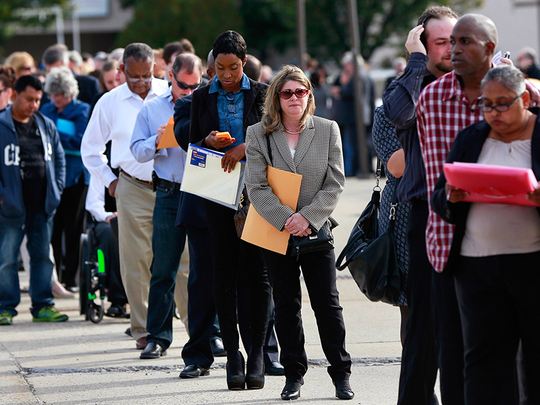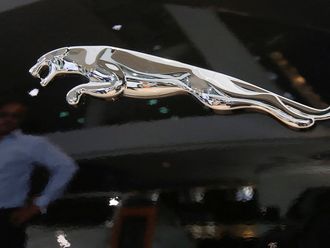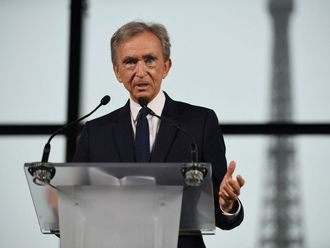
WASHINGTON: US private employers stepped up hiring in November and consumer spending increased last month, the latest signs of economic strength that could further cement the case for an interest rate hike from the Federal Reserve next month.
The ADP National Employment Report showed on Wednesday that private payrolls increased by 216,000 jobs this month, well above economists’ expectations for a gain of 165,000 jobs. The report is jointly developed with Moody’s Analytics.
The ADP figures come ahead of the Labor Department’s more comprehensive employment report on Friday, which includes both public and private sector payrolls. Economists polled by Reuters are looking for nonfarm employment to have risen by 175,000 in November after increasing by 161,000 in October.
In a separate report, the Commerce Department said consumer spending, which accounts for about 70 per cent of US economic activity, increased 0.3 per cent after an upwardly revised 0.7 per cent gain in September.
Economists had forecast consumer spending would rise 0.4 per cent last month. Spending in September was previously reported to have risen 0.5 per cent.
Prices of US Treasuries were trading lower while US stock index futures were slightly higher. The dollar rose against a basket of currencies.
Wednesday’s data came on the heels of reports on the housing market and manufacturing that have suggested the economy sustained its momentum early in the fourth quarter after growing at its quickest pace in two years in the July-September period.
The government reported on Tuesday that gross domestic product increased at a 3.2 per cent annual rate in the third quarter, driven by strong consumer spending and a surge in soybean exports.
A strengthening economy, together with a labour market that is near full employment could make the Fed comfortable to hike rates at its Dec. 13-14 policy meeting. The US central bank raised its overnight benchmark interest rate last December for the first time in nearly a decade.
INFLATION GAINING
With consumer spending firming, inflation continued to gain steadily in October. The personal consumption expenditures (PCE) price index rose 0.2 per cent after a similar increase in September.
In the 12 months through October the PCE price index rose 1.4 per cent, the biggest gain since October 2014, after increasing 1.2 per cent in September.
Excluding food and energy, the so-called core PCE price index gained 0.1 per cent after rising by the same margin in September. That left the year-on-year increase in the core PCE at 1.7 per cent in October. The core PCE has increased by that same margin for three straight months.
The core PCE is the Fed’s preferred inflation measure and is running below its 2 per cent target.
The uptick in price pressures, however, curbed the gain in inflation-adjusted consumer spending, which increased 0.1 per cent last month after rising 0.5 per cent in September. That suggests some moderation in consumer spending this quarter from the third quarter’s solid 2.8 per cent pace.
Overall consumer spending last month was lifted by a 1.0 per cent increase in purchases of long-lasting manufactured goods such as automobiles. Spending on services fell 0.2 per cent.
Personal income rose 0.6 per cent last month after increasing 0.4 per cent in September.
Wages and salaries advanced 0.5 per cent for a second straight month. Savings increased to $860.2 billion from $814.1 billion in September. That was the highest level since March of this year.












